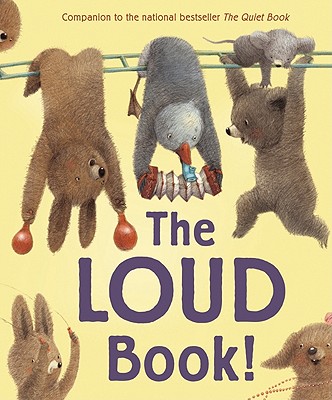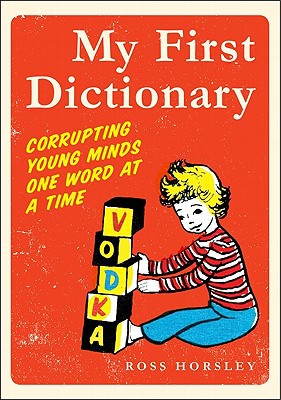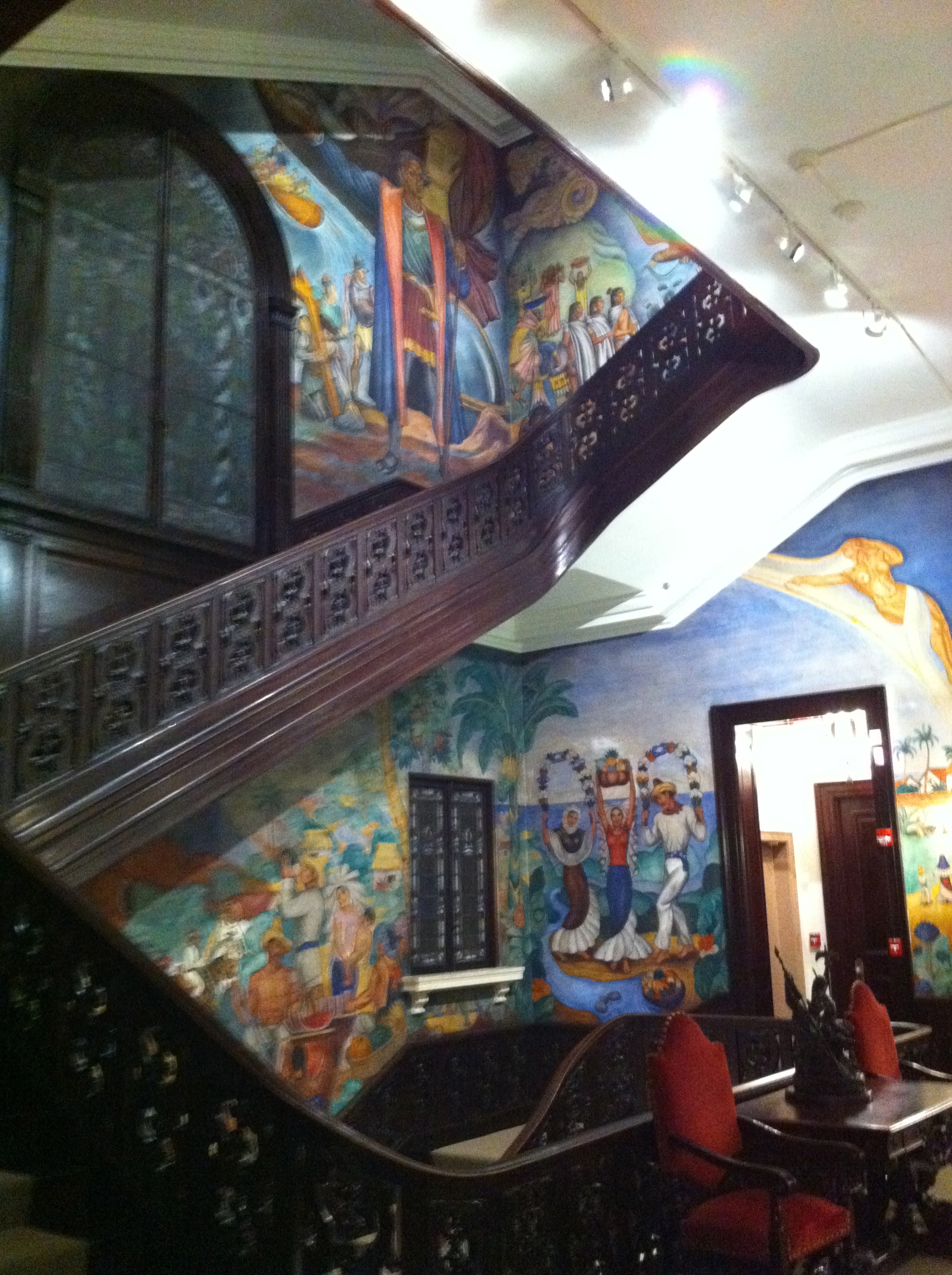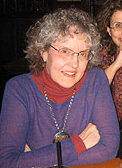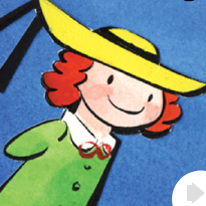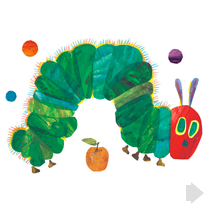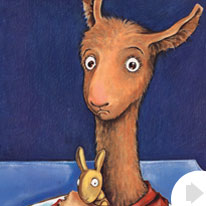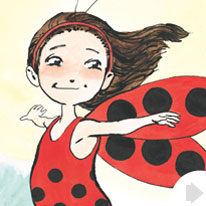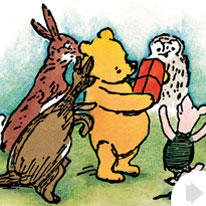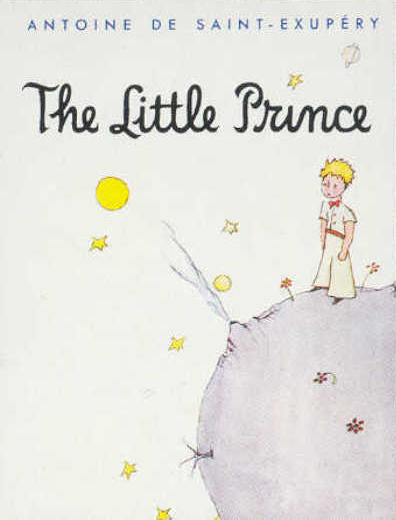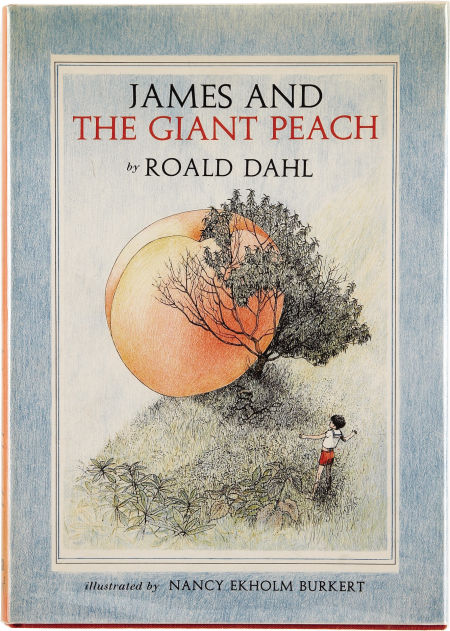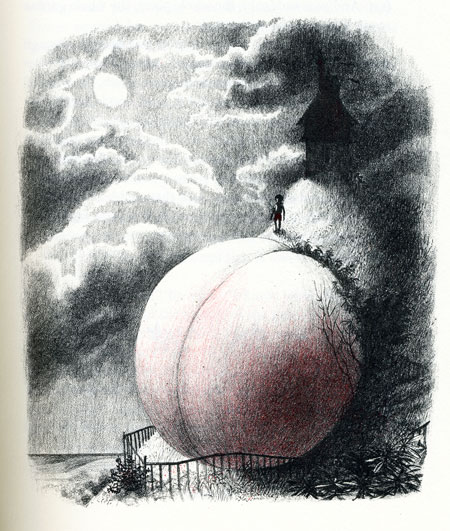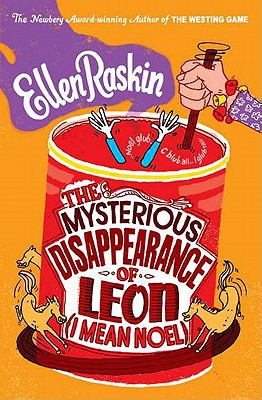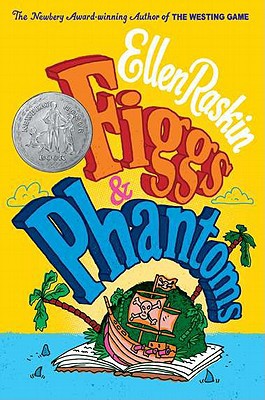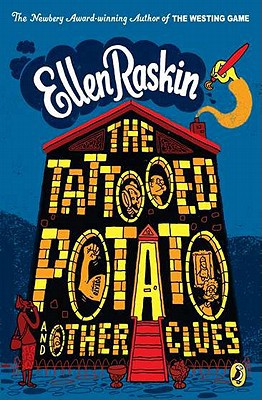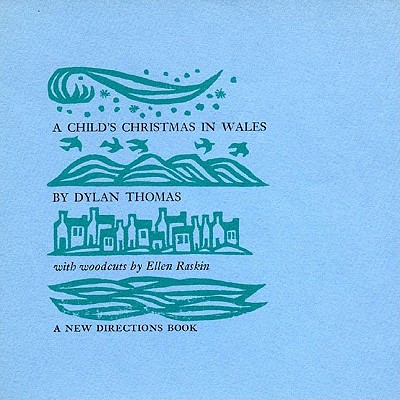This past Tuesday the New England Children’s Bookselling Advisory Council met in Sturbridge, Mass., for the first of four meetings of the year. Our meeting was well attended and while it’s always great to see friends, it was great to see so many new voices. One of my favorite parts of NECBA meetings is the title sharing at the end of every meeting. Below are selections that were the books that everyone is excited about. Some of these books are out now, but most are coming out later throughout the rest of the spring, and even the summer.
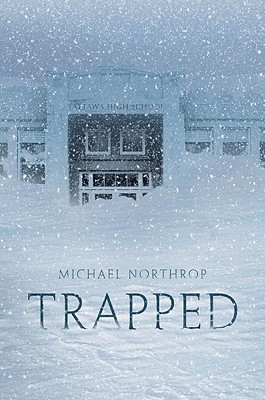 These are in no particular order. Of the books are currently out people seemed to love Trapped by Michael Northrop. And with a winter that just won’t stop, it
These are in no particular order. Of the books are currently out people seemed to love Trapped by Michael Northrop. And with a winter that just won’t stop, it 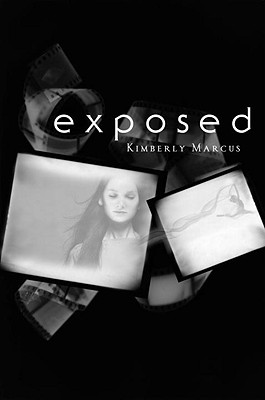 seems all too fitting. Another book that several folks talked about was Exposed, the debut novel by Kimberly Marcus. Told in free verse, it deals with a tough subject really well. Other folks loved, loved the follow-up book to the Quiet Book, The Loud Book. Just as satisfying as the original with the same glorious examples of loud and stunning art to match.
seems all too fitting. Another book that several folks talked about was Exposed, the debut novel by Kimberly Marcus. Told in free verse, it deals with a tough subject really well. Other folks loved, loved the follow-up book to the Quiet Book, The Loud Book. Just as satisfying as the original with the same glorious examples of loud and stunning art to match.
There was universal excitement about Kevin Henkes’ Junonia.
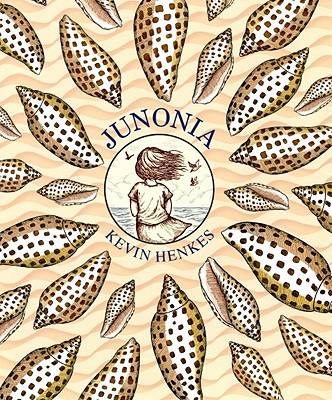
We always get excited when Kevin comes out with something new, and this one seemed to please all the advanced readers. Another perennial favorite, Sarah Dessen, is back with a sure-fire summer hit, 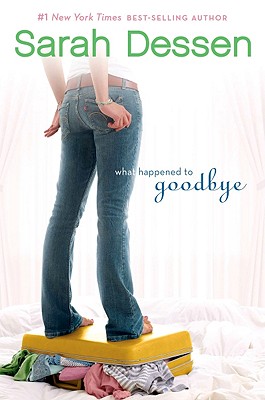 What Happened to Goodbye. A restaurant the
What Happened to Goodbye. A restaurant the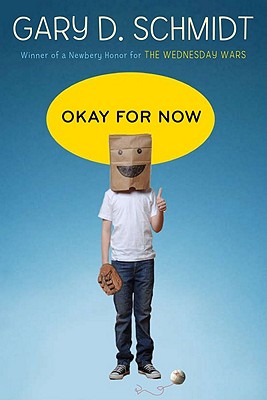 me permeates this YA novel about a girl trying to figure out who she really is and who she wants to be. Another solid writer with a big following is Gary Schmidt, and his newest, Okay for Now, is the funniest book that was title-shared.
me permeates this YA novel about a girl trying to figure out who she really is and who she wants to be. Another solid writer with a big following is Gary Schmidt, and his newest, Okay for Now, is the funniest book that was title-shared.
A big departure from Lauren Myracle’s usual fare is her realistic, gritty YA novel that tackles what could be a hate crime in a small town. Shine is not an easy read, but several NECBA members found it gripping and very well done. 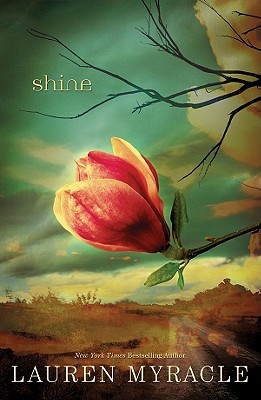
But the book that generated the most buzz was Libba Bray’s new novel, out early summer, Beauty Queens. Crash a plane of teen beauty pageant contestants on a tropical island and see what happens. This is funny, disturbing, and ultimately a “very feminist novel,” said Suzanna Hermans, who is desperate for the rest of us to read it so she can talk about it. 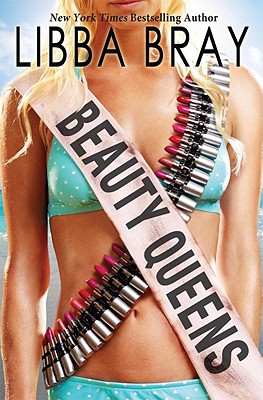 And if that’s not high praise for a book, I’m not sure what is. And judging by the number galleys of it that were taken at lunch, Suzanna will soon have lots of friends to talk to about the book.
And if that’s not high praise for a book, I’m not sure what is. And judging by the number galleys of it that were taken at lunch, Suzanna will soon have lots of friends to talk to about the book.

